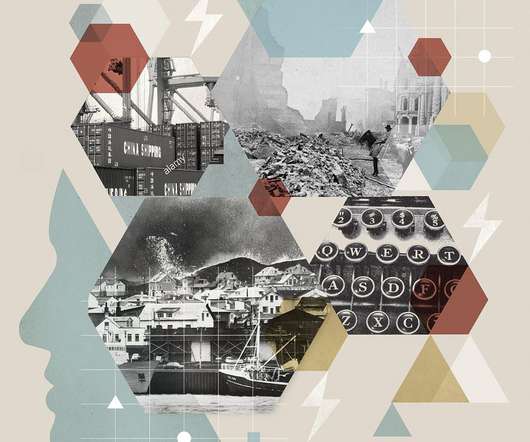Study finds changes in the Arctic sea ice cover may be driving changes in atmospheric chemistry
Green Car Congress
MARCH 2, 2012
Bromine also can remove ozone from the lowest layer of the atmosphere, the troposphere. Despite ozone’s beneficial role blocking harmful radiation in the stratosphere, ground-level ozone is a harmful pollutant. Bromine then reacts with a gaseous form of mercury, turning it into a pollutant that falls to Earth’s surface.












Let's personalize your content